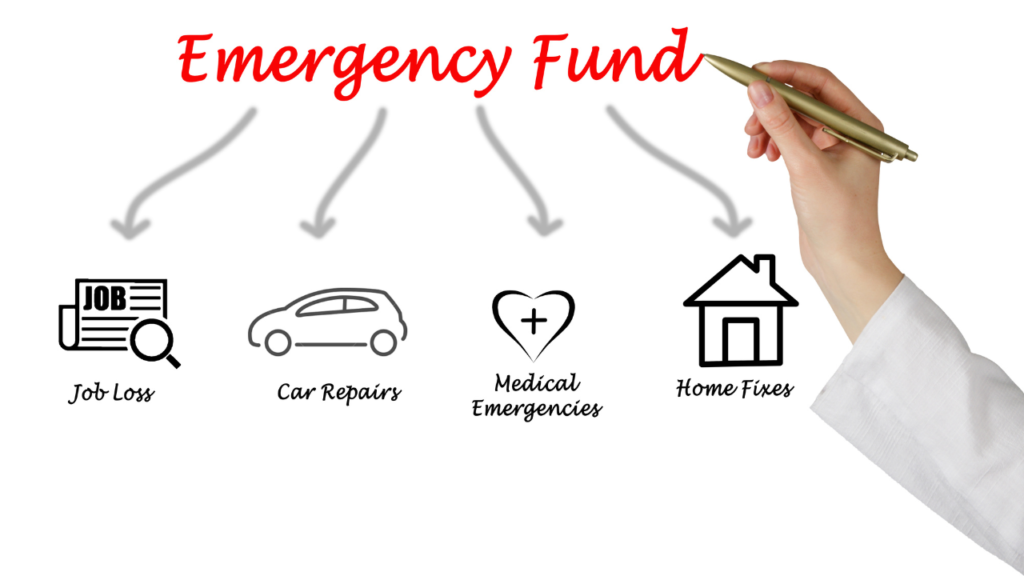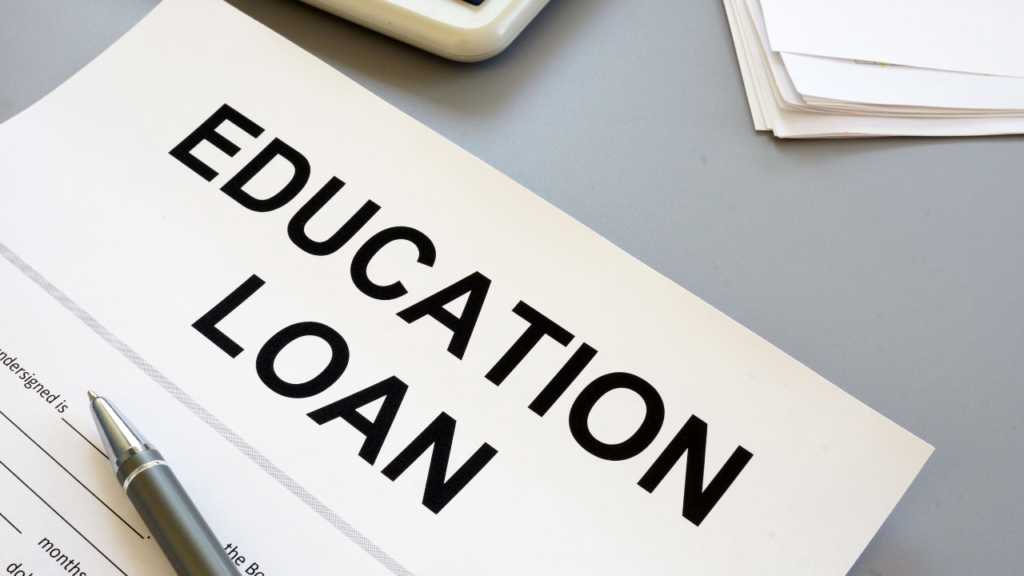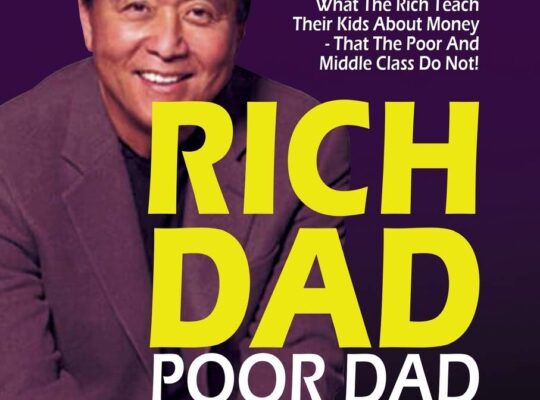
The Total Money Makeover is a step-by-step approach to improving your financial condition, no regardless of how dire it appears to be. By taking these seven easy steps, you can reclaim your financial stability and start to plan for a secure, fulfilled retirement.
The author of this book, Dave Ramsey, is an American writer, radio broadcaster, tv personality, and public speaker, who specializes in money and debt relief. He is best known for hosting ‘The Dave Ramsey Show’, a radio program on which he gives financial advice to callers from all around the United States.
What will be the takeaway from this book?
Based on the recommendations of renowned financial guru Dave Ramsey, this book gives a simple and easy method for achieving financial security. If you follow the approach outlined in this book, you will have a better chance of putting your finances on track and becoming stable financially, which is something we all strive for in our lives.
Financial security is an illusion – So it’s time to take action:

What would you do if you unexpectedly lost your job? Are you able to pay your bills? Improbable. Hence, financial stability is frequently more illusionary than we realise.
Unexpected financial losses, such as job loss or physical sickness, can rapidly put us in a bind. Hence, taking action now, before it’s far too late, is one approach to prevent these unforeseen problems.
Financial issues may sneak up on you and leave you in a tight spot before you realize it. The author relates this to the classic frog in a pot of water: when the water steadily heats up, the frog becomes unaware that it is slowly boiled alive and dies itself. This is the reality that is now occurring to you. Your financial stability might be crumbling around you without your knowledge. So, it’s moment to make a shift.
We need to recognize the dangers of ‘Debt’:
Debt has become so embedded in our culture that it’s difficult to picture life without it. You’re undoubtedly in some debt, whether it’s through personal loans, a mortgage, credit card debt, or car loan obligations.
Despite the fact that debt appears to be ever-present, it is not the way to financial pleasure; rather, it leads directly to financial hardship.
Consider one of the most popular types of debt: credit card debt. Credit cards, which seem like free money, provide users with enormous consumer spending. Yet, in the long haul, they can be detrimental to our financial standing.

Surprisingly, rich individuals prefer to avoid any debt. In fact, 75% of those on the Forbes 400 list believe that becoming and remaining debt-free is the greatest way to generate wealth. And some of the world’s most successful businesses are managed entirely debt-free.
So, the author highlights the point that if these businesses and individuals can achieve success without the weight of debt, why can’t we?
Step one – Create an emergency fund:
You must begin by developing a step-by-step strategy that outlines your path to financial wellness. You must also understand that you cannot alter everything all at once. Rather, do it carefully, one tiny move at a time.
The author illustrates this with a hypothetical situation: imagine having to eat an elephant. You would never attempt to accomplish it all at once. You may begin with a foot per day, progressing to the trunk, then the body, little by little.
You should use the same logic to your finances. If you try to address many areas at once, such as your mortgage, credit card, and personal loan, you will weaken your efforts and eventually fail. So go slowly and in little bites.
Hence the first step in beginning your ‘Total Money Makeover’ is to create a small emergency fund, with some money set away in case of a rainy day. The author describes this sum as $1000, however we don’t know if it is the same amount (converted as Rs. 80,000) that should be placed aside for our Indian scenario.
Every one of us may be affected by a large unpleasant life event in some manner. According to Money Magazine, 78 percent of us will encounter a major negative life incident in any given ten-year span. These incidents might include vehicle problems, housing repairs, medical costs, and so forth.
Although the author admits that $1000 will not be enough to cover any of these unforeseen situations, it is a good starting point and will lessen the probability of going into debt. We must also remember that this money is just for emergencies, and if you have withdrawn something from it as a result of a crisis, please replenish it as quickly as possible.
Step two – Start paying off your debts one at a time:
After you’ve established your emergency starter fund, you’ll be well on your way to improving your financial situation. It’s now time to deal with your debts. The second step of the Total Money Makeover is to build a debt snowball. This is one of Dave Ramsey’s (the author’s) signature pieces of advise while dealing with debt.
Everyone understands that rolling a little snowball down the ground quickly transforms it into a huge snow rock. As you pay off your debts, the same thing occurs. Here’s how it’s done: Begin by categorizing all of your debts in ascending order of magnitude. Then it’s the right moment to begin paying them off, beginning with the lowest. When the smaller debts start to diminish, you’ll be encouraged to attack the larger, more difficult ones with greater clarity.
Step three – Grow your emergency starter fund:
When the smaller debts start to diminish, you’ll be encouraged to attack the larger, more difficult ones with greater clarity.

Step three’s objective is to develop your emergency fund such that it can cover your costs for three to six months.
Of course, everybody’s spending demands varies, so this figure isn’t set in stone. To put it another way, if your family makes Rs. 80,000 per month, strive to save Rs. 2,40,000 or more.
After you’ve established this emergency fund, you’ll discover that it provides you the trust to keep going on your journey to financial independence.
Step four – Invest 15 percent of your income in mutual funds:
Everyone is concerned about their financial condition after retirement. To conquer such worries, the fourth step in this book is to invest 15% of your income for a decent and safe retirement.
It would be no delight in old age if you had to depend on others (even if they were your children or relatives) to make ends meet. It may be enticing to save less for retirement in order to concentrate on things like your children’s education fund or swiftly paying off the house. But, your children’s degrees will not support you once you retire.
After you’ve decided to put aside 15% of your income, the author suggests investing it in mutual funds for the highest possible returns.
Historically, the stock market has averaged annual returns of 12 percent. Mutual funds capitalise on this movement, making them an ideal long-term investment option. One suggestion is to choose funds with a proven track record of success and dating back more than 10 years. To maximize returns, spread your assets among several funds.
Another solid rule of thumb is to allocate 25% of your portfolio to blue chip funds, 25% to growth stock funds, 25% to overseas funds, and 25% to aggressive funds, which are riskier but can provide better returns, such as small cap funds.
Step five – Plan for your kid to go to college debt-free:

Almost every parent wishes to send their child to college, and many are willing to put themselves and their children in debt to do so.
Yet, as previously said, debt should be prevented at all costs. Using debt to pay for education should not be regarded a viable choice.
An education loan will have a long-term negative effect on your kid’s future. So, how should you fund their education?
Of course, one option is to get a scholarship or just save enough money to cover the costs. The author demonstrates how to invest towards this objective, which is more inclined towards the United States, that is, by opening an Education Savings Account (ESA) and filling it with a growth-stock mutual fund.
But nevertheless, in our Indian context, we can consider investing in an index fund from the birth of your child till they reach the age of eighteen. If you invest Rs. 5,000 each month for 18 years, you would have accumulated a fortune of Rs. 39 lakhs. This plan assumes that you will not increase your monthly contribution during the next eighteen years, regardless your income rising year after year as a result of your salary increase. Yet, if you gradually raise your commitment to this aim, you can collect an even larger corpus by the end of 18 years.
Step six – Becoming debt-free by paying off the biggest loan, which is your housing loan:
It is common for mortgages to take decades to pay off. Therefore the next step is to repay this debt as quickly as feasible. For most people, this is the final stumbling block on their journey to financial independence, and paying it off will put them completely out of debt.

We should likewise use extreme caution when paying down our mortgages. There are several roadblocks that might keep you from repaying your mortgage. We must prevent these disruptions. For instance, you may be advised to borrow money against your house to take advantage of cheap interest rates and invest that money in the stock market. However, this is a poor advice because there is a significant risk involved, as the markets may turn bearish, which will not fetch you returns to pay the bank interest in those bearish periods. There may be chances of drawdown as well, which is a worst case scenario.
Another common myth is that it is easy to get a 30-year mortgage with the promise of repaying it in 15 years. Yet, you will certainly incur additional costs that will throw you off track. And almost no one ever pays the additional payments required to pay off a debt so quickly. As a result, it is frequently preferable to just obtain a shorter mortgage. As comparison to a 30-year mortgage at 8%, a 15-year mortgage will save you nearly the whole loan amount over the life of the loan. For example, if you borrow Rs. 1 crore, you may save about Rs. 1 crore in interest costs if you accept a 15-year mortgage rather than a 30-year mortgage. Think about what you could do with this extra money.
Step seven – Follow your plan and spend your money if you have it:
It’s time to start developing your wealth once you’ve paid off your debts and started saving for the future. And, above all, adhere to your strategy.
You must learn to spend only what you can afford and disregard the rest.
When the perfect occasion arises, you should be willing to give your money away as well. Giving money out is equally as enjoyable as spending it, if not more so. It feels nice to be kind, but you must first have in order to offer.
Conclusion:
Your road to financial independence will be practically complete if you follow the seven steps mentioned in this book. For most individuals, financial stability is really a pleasant fantasy. But nevertheless, you may improve your financial status by following these steps outlined above, which will set you on the road to debt-free and financially secure living.





